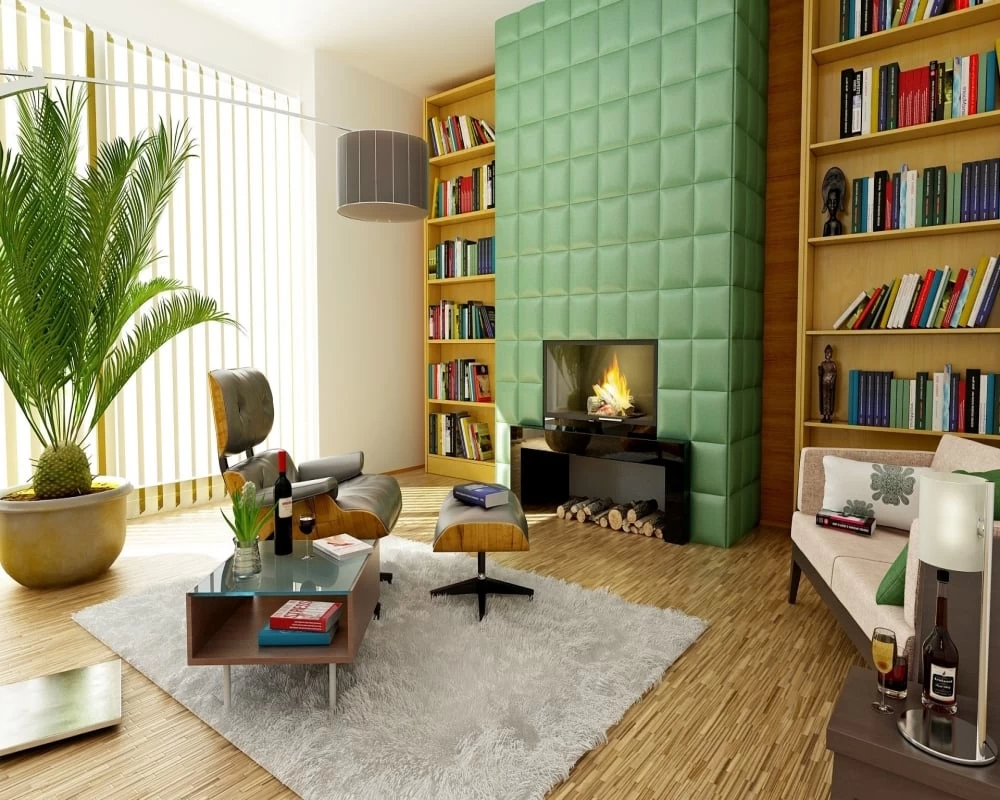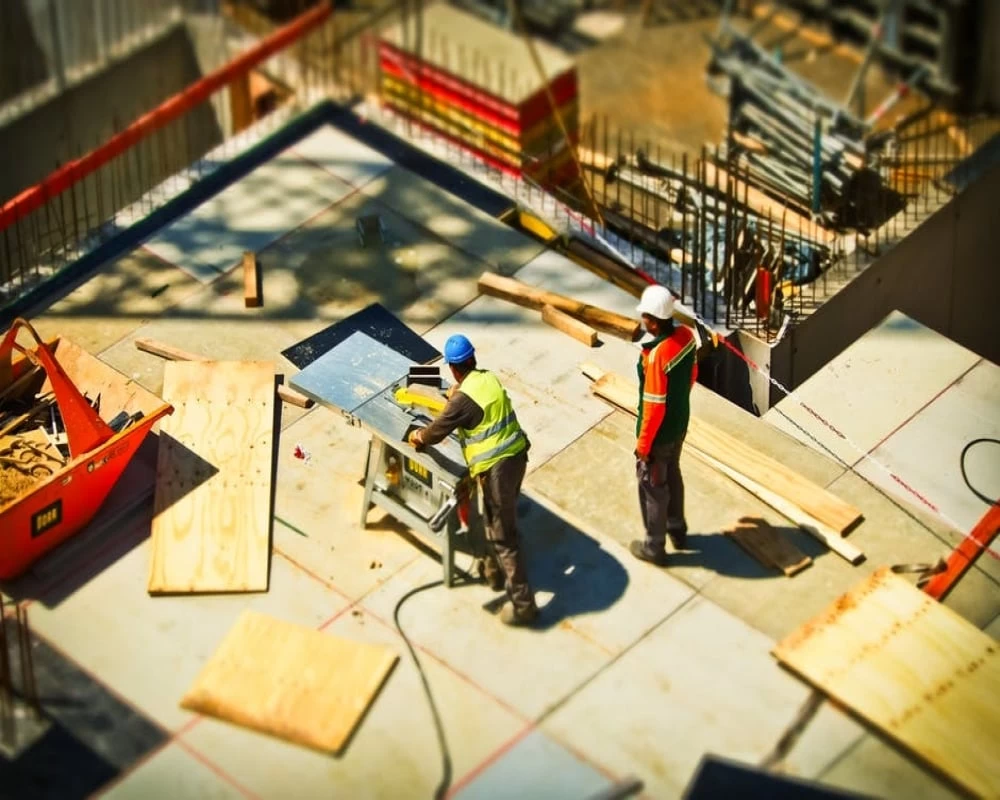4 essential money tips when traveling overseas for work

Money-saving tips for work-related travel
Travel is exciting, whether for work or personal reasons. While traveling for work should sound stressful, strangely it usually isn't for many millennials. Add in the perk of having your trip financed by a third party, probably your company or client, and it might get way too exciting. So much so that you start dipping into your own cash reserves.
While you may not be the one spending the money. Traveling overseas for work presents a great opportunity to save up some cash, probably enough to travel again in the future.
The first step as with any frugal spending approach is to sit down with pen and paper and examine your budget; what is essential and what is trivial. What can you live without and what is crucial. Keep these four money tips in mind when next you're traveling for work.
- Consider going for cheaper accommodation. An economical option might be opting for short-term Airbnb units instead of expensive hotels. There are also services, like Homestay, which allows you to stay with a host in your destination for a reduced price. Often, you get to mix with the locals and actually experience what living in that city or country feels like. However, ensure to find out if this wouldn't be in violation of company policy.
- Check out cheaper airlines. You can snag a deal on flights and other essentials with a service like Lowfares that allow you to compare rates on airfares, hotels, and car rentals. Another tip is to travel during off-peak periods.
Generally, weekdays, especially midweek, are a great time to secure cheap rates. FareCompare CEO, Rick Seaney, in an article on USAToday https://eu.usatoday.com/story/travel/columnist/seaney/2018/01/02/best-and-worst-days-fly-2018/995658001/ , puts Jan 9 - March 16 as the cheapest times to fly through Europe. Since prices drop as much as 40% over holiday fares.
- Cut back on restaurants and drinks. Money spent on food per day can easily add up, especially when you're not the one spending. However, it only takes a little discipline to be thrifty and get some cash saved. One tip is to plan out what you'd eat every day and how much you want to spend. Don't get too cut up in the local cuisine, while ignoring your pocket. An advantage of a service like Homestay is that it allows you to spend little on food.
- Teach a language or offer a service. You can try a service like Diverbo, which will cover some of your vacationing costs and in exchange, you help locals with their English. AdventureWork shows listings of jobs in the adventure space. Folks literally pay you to teach skiing and snowboarding etc. You can also babysit or teach a language. https://www.forbes.com/sites/laurabegleybloom/2016/07/27/23-companies-that-will-help-you-travel-the-world-for-free-and-maybe-even-pay-you-to-do-it/#4e5d1881e0fd . So, if you have some free time on your hands, you can consider offering a service or volunteering.
There are also discount services or loyalty rewards on hotels and fares. You can take advantage of these if you frequent the same location multiple times a year.
Traveling overseas for work presents an opportunity to work, have fun and maybe get enough money saved up to finance your next travel.




